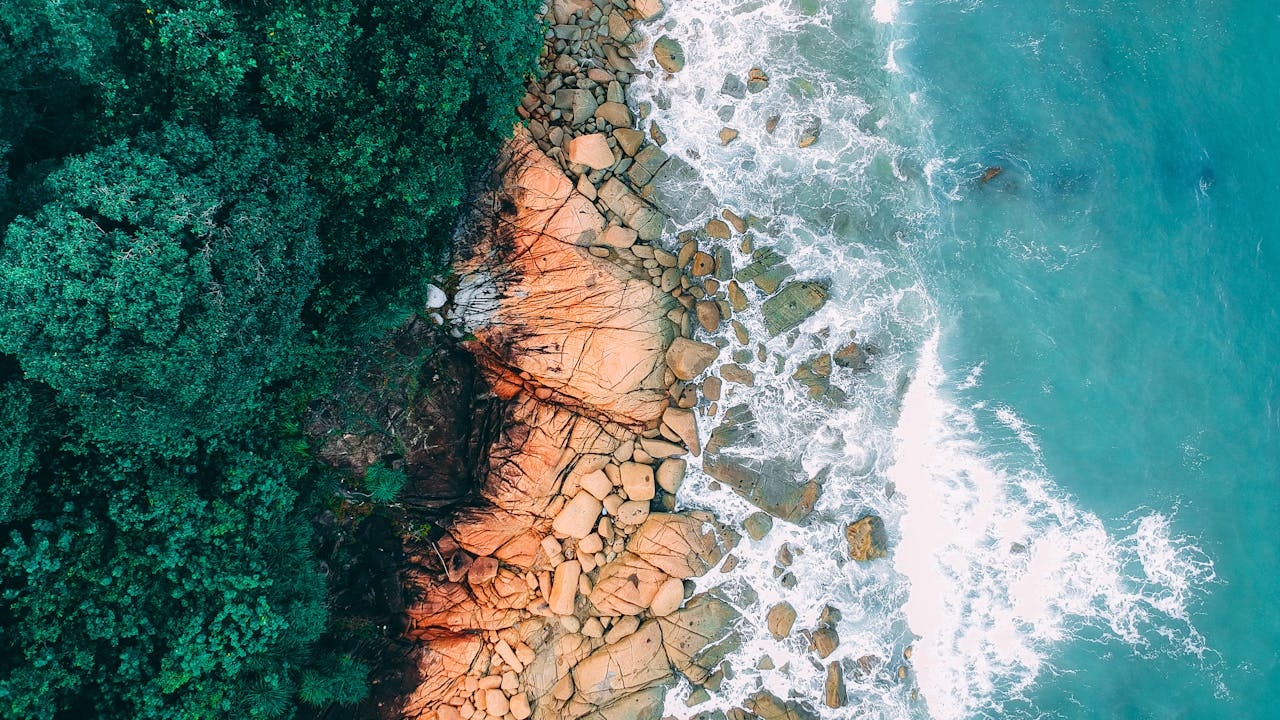Deep-sea exploration represents one of the most fascinating and challenging frontiers of scientific discovery, offering researchers and adventurers a chance to unravel the mysteries of the ocean’s depths. In this comprehensive guide, we’ll dive into the captivating world of deep-sea exploration, exploring the history, techniques, equipment essentials, safety considerations, destinations, and unforgettable discoveries that await those who dare to venture into the abyss.
History of Deep-sea Exploration:
The history of deep-sea exploration can be traced back centuries, with early sailors and scientists intrigued by the mysteries of the ocean’s depths. Over time, advances in technology, such as submarines, remotely operated vehicles (ROVs), and autonomous underwater vehicles (AUVs), have made it possible for researchers to probe deeper and deeper into the ocean’s depths, uncovering a wealth of new species, geological features, and hydrothermal vent systems. Today, deep-sea exploration continues to push the boundaries of scientific knowledge and technological innovation, with expeditions to some of the deepest and most remote parts of the ocean.
Techniques of Deep-sea Exploration:
Deep-sea exploration requires a combination of specialized equipment, scientific expertise, and logistical planning to navigate the challenges of exploring the ocean’s depths. Techniques include using manned submersibles and remotely operated vehicles (ROVs) to conduct surveys and collect samples from the seafloor, deploying autonomous underwater vehicles (AUVs) to map and explore large areas of the ocean floor, and using specialized equipment such as sonar systems, cameras, and sensors to study underwater geology, marine life, and oceanographic processes. Deep-sea explorers must also be prepared to contend with extreme pressure, darkness, and cold temperatures, as well as logistical challenges such as long-duration missions and limited access to resources and support.
Equipment Essentials:
Having the right equipment is crucial for a successful deep-sea exploration expedition, as researchers and adventurers must rely on specialized tools and technology to navigate and study the ocean’s depths. Essential equipment includes manned submersibles equipped with life support systems, navigation equipment, and scientific instrumentation for conducting surveys and collecting samples from the seafloor. Remotely operated vehicles (ROVs) and autonomous underwater vehicles (AUVs) provide additional capabilities for exploring and mapping underwater environments, while sonar systems, cameras, and sensors help researchers to study underwater geology, marine life, and oceanographic processes in detail. Other essential equipment includes communication systems, navigation aids, and safety gear to ensure the safety and well-being of the exploration team.
Safety Considerations:
Safety is paramount in deep-sea exploration, as researchers and adventurers must contend with the inherent risks and hazards of working in extreme environments such as the ocean’s depths. Before embarking on an expedition, exploration teams undergo comprehensive training in dive safety, emergency procedures, and equipment operation to ensure they are prepared to handle any situation that may arise. It’s essential to prioritize personal safety and well-being at all times, to follow established protocols and procedures for dive operations, and to maintain open communication and teamwork among team members to mitigate risks and respond effectively to emergencies.
Destinations for Deep-sea Exploration:
Deep-sea exploration can take place in a variety of destinations around the world, each offering its own unique blend of geological features, marine life, and oceanographic processes to study and explore. Popular destinations include the mid-ocean ridges, where tectonic plates spread apart and create new seafloor, as well as deep-sea trenches, where tectonic plates collide and form some of the deepest points in the ocean. Hydrothermal vent systems, such as the vents found along the East Pacific Rise and the Mid-Atlantic Ridge, are also popular destinations for deep-sea exploration, as they support unique ecosystems of bacteria, tube worms, and other specialized marine life. Other popular destinations include submarine canyons, seamounts, and underwater volcanoes, each offering opportunities to study and explore the ocean’s depths in its own unique way.
Unforgettable Discoveries:
Deep-sea exploration offers researchers and adventurers a chance to make groundbreaking discoveries and unlock the secrets of the ocean’s depths in a deeply personal and transformative way. From the discovery of new species and ecosystems to the mapping of previously unknown geological features and hydrothermal vent systems, each expedition yields a wealth of new knowledge and insights into the workings of the underwater world. As exploration teams return from their expeditions and share their findings with the world, they contribute to our understanding of the ocean’s role in the global ecosystem and inspire future generations of scientists and explorers to continue pushing the boundaries of discovery in the deep sea.




